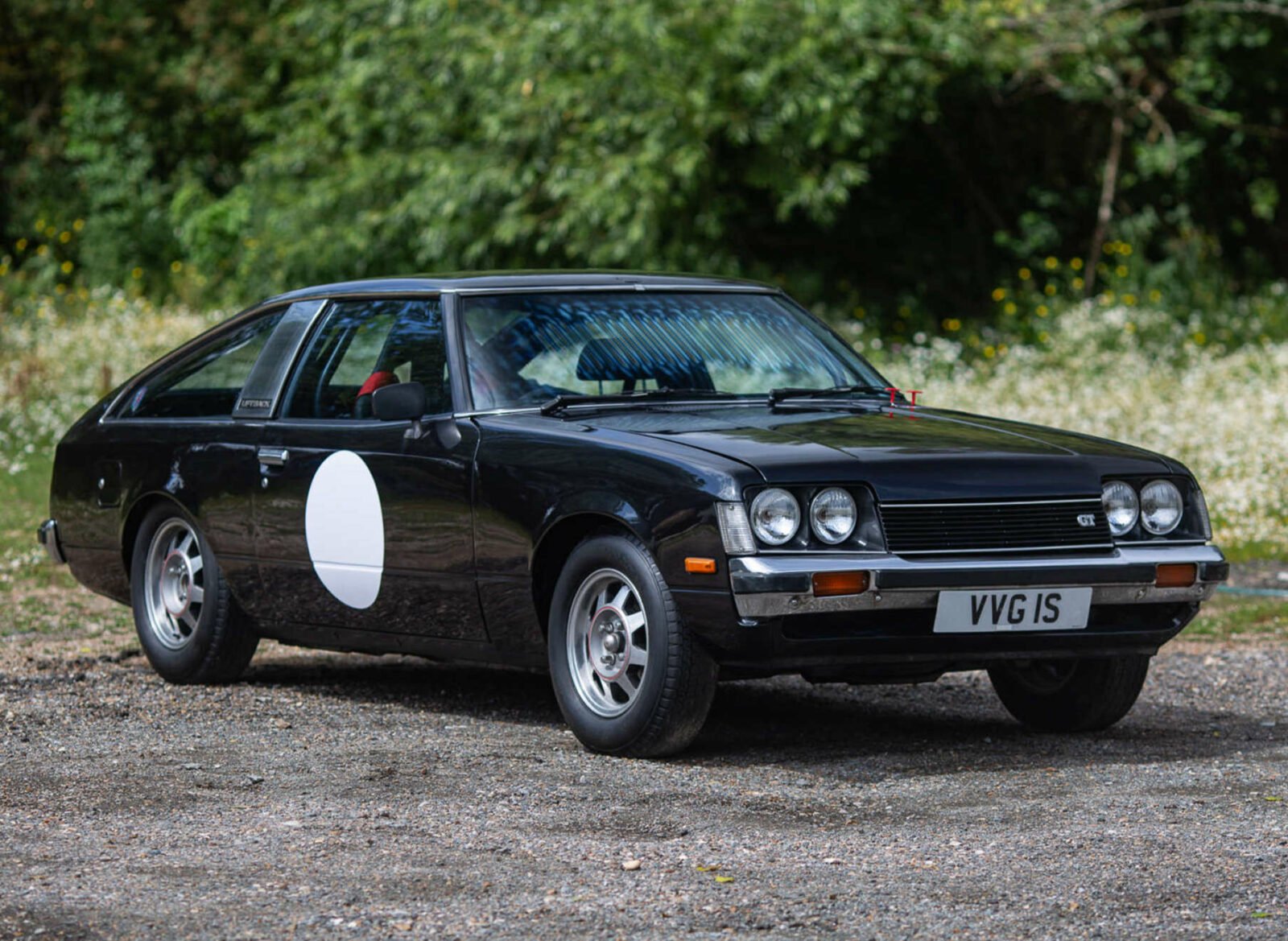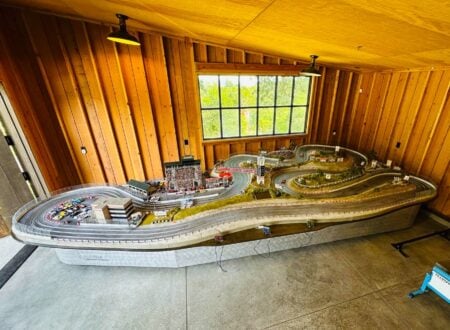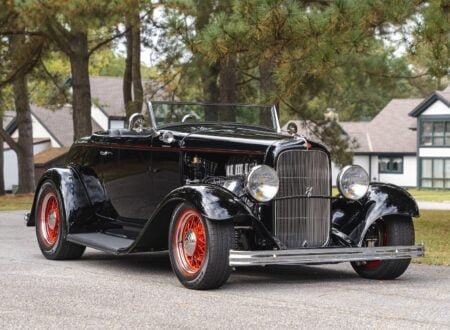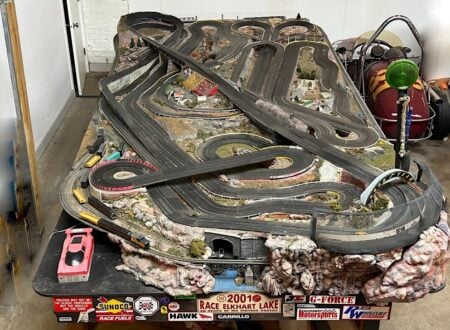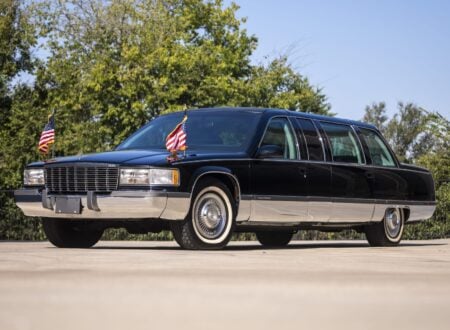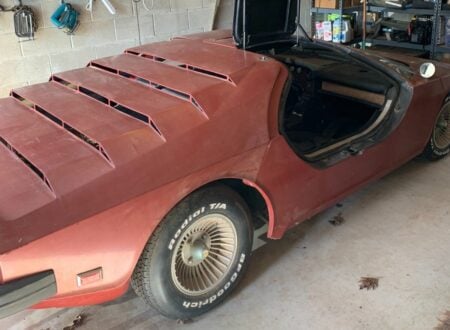This 1978 Toyota Celica 2.0 GT was race-prepped in 1980 and was then piloted to a win in the Commanders Cup at the 24 Hour Willhire races in 1980/81 with Martin, John, and Robin Brundle taking turns at the wheel.
Martin Brundle’s career was already on an upward trajectory at this time, he would later battle with Ayrton Senna wheel to wheel through the 1983 Formula Three season, with Senna only winning the Championship in the last few laps of the last race. Both Brundle and Senna would then move up to race in Formula One full time.
Fast Facts – An Ex-Martin Brundle Toyota Celica 2.0 GT
- The Toyota Celica debuted at the 1970 Tokyo Motor Show and went on sale later that same year. The car was a two-door hardtop coupe with styling strongly influenced by the Ford Mustang, in some respects it was a Japanese equivalent to the Ford Capri from Europe given the smaller size and lower displacement engine.
- The second generation Celica debuted in 1977, the styling was done in the United States by Toyota’s Calty Research Design Studio in California. The car was later facelifted in 1979 with a new look to prepare it for the 1980s.
- The car you see in this article is a 1978 Toyota Celica 2.0 GT, it’s powered by a 2.0 liter double overhead cam inline-four which sends power back through a GT specification P51 5-speed gearbox to the rear wheels.
- This Celica was converted to competition spec in period at Brundle Motors Ltd with help from Kevin Gutteridge and Arthur Coleman. It was then driven to victory by the father and sons team of John, Martin, and Robin Brundle to victory in the Commanders Cup at the 24 Hour Willhire races in 1980/81.
The Second Generation Toyota Celica 2.0 GT
The car you see in this article is a second generation example of the Toyota Celica 2.0 GT, and as the model name implies the car is powered by a 2.0 liter engine, and it was intended for GT, or grand touring, use on a budget. Though of course the majority of owners simply used the cars as spirited daily drivers.
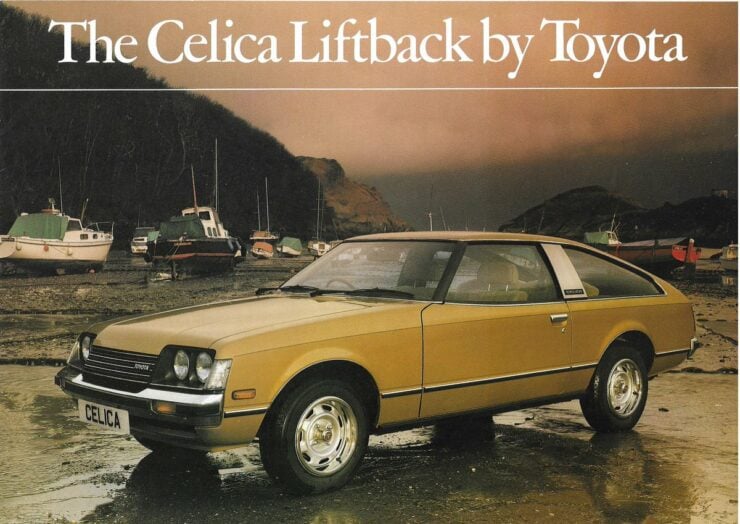

Toyota debuted the first Celica in October of 1970 at the Tokyo Motor Show, it then went on sale in December of that same year. The car has been likened to a downsized Japanese version of the Ford Mustang, and the styling certainly supports this, however it was realistically closer to the European Ford Capri, both in physical size and engine displacement.
The first generation Celica featured a unibody design with a fixed coupe top, and a front-mounted engine that sent power back to the rear wheels. This same fundamental layout would be used on the second generation Celica that debuted in 1977, though the car now had all new styling and was slightly larger than its predecessor.
Interestingly, the design of the second generation car was done in the United States by Toyota’s Calty Research Design Studio in California. It came in both coupe and lift back versions, and David Stollery was credited with the lion’s share of the design work.
Toyota offered a range of engine options for the second gen Celica, though some of them were region-dependent. They were all inline-fours and ranged in displacement from 1.6 liters through 1.8, 2.0, 2.2, and up to 2.4 liters.
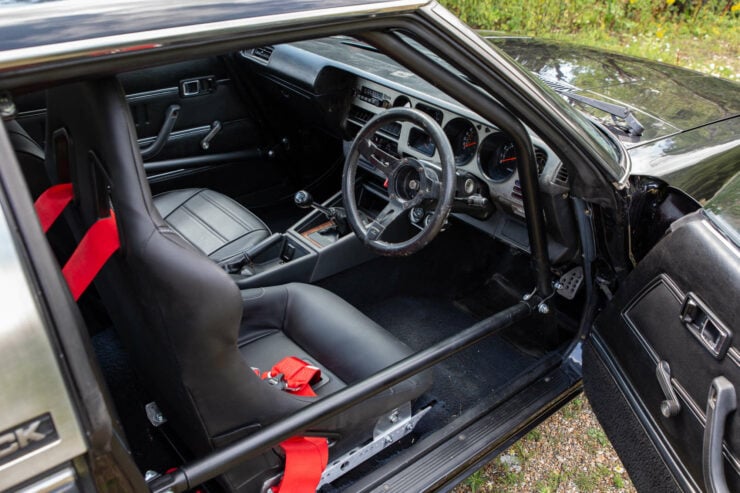

Transmission options included either a 3 or 4-speed automatic, or two versions of a 5-speed manual, the second being the W55 that debuted for 1981. Suspension was independent up front with a live axle in the rear, and the car was fitted with front disc brakes and rear drums as was standard for the era.
Toyota would keep the second gen Celica in production from 1977 to 1981 after which it was replaced with the modernized third generation model. In 1979 the model received a face lifted design to give it a fresh feel as the new decade of the 1980s loomed large.
The Ex-Martin Brundle Celica 2.0 GT Shown Here
The Celica you see in this article was first delivered to John Brundle Motors Ltd in Kings Lynn on the 10th May 1978, it was initially used as a showroom demonstrator before being sold to a customer in April of 1979.
That could have been the end of the story for the car as it disappeared into the mass of millions of cars on the road in England, but it wasn’t. In August of 1980, the car was bought back by Brundle Motors Ltd and carefully converted into production saloon car racing specification with the help of Kevin Gutteridge and Arthur Coleman.
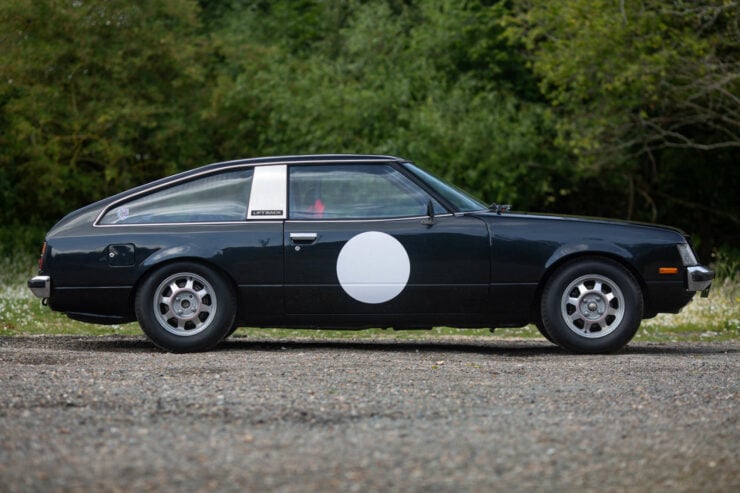

Shortly after its conversion to race-spec was completed, the car competed in and won the Commanders Cup at the 24 Hour Willhire races in 1980/81, with the father and sons team of John, Martin, and Robin Brundle racing it as a team.
The racing career of Martin Brundle was just taking off at this time, by 1983 he would be battling toe-to-toe with Brazilian driver Ayrton Senna in the Formula Three Championship. Senna would only just beat Brundle, it all came down to the last few laps of the last race of the season.
The two men would then move up into Formula One and both would make an immediate impact, though Brundle suffered a severe crash at the 1984 Dallas Grand Prix, breaking his ankles and both feet during a practice session.
This accident meant he couldn’t race for the rest of the season and he almost had his left foot amputated. Even today he’s unable to run or use left-foot braking when competing.
In 1988 he would achive one of the greatest motorsport comebacks of the decade when he won the 1988 World Sportscar Champion with a record points haul. He also won the 1988 24 Hours of Daytona and two years later he won the holy grail of sports car racing – the 24 Hours of Le Mans.
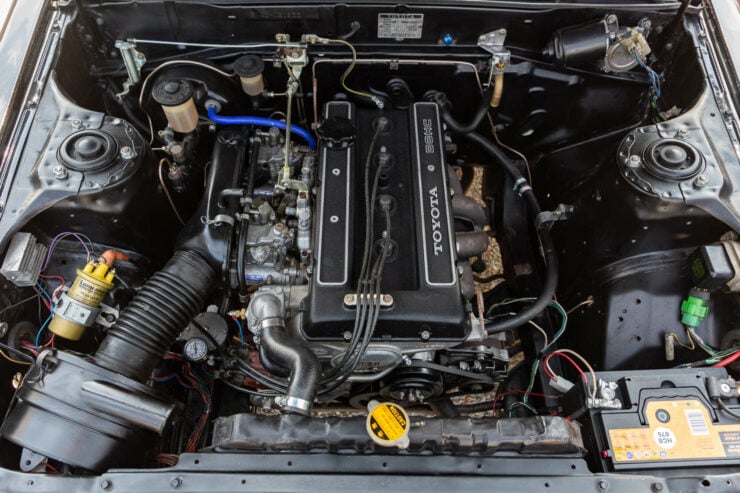

Brundle is today best-known as the lead Formula One commentator with Sky Sports, he’s the worthy successor to the late-great Murray Walker.
After its time with the Brundle family this Celica was sold off to another racer, and it remained a competitive racing car for years afterward. In 2014 a full restoration began with the aim of meeting stringent FIA Group 1 homologation standards.
It successfully gained its Historical Technical Passport (HTP), and ultimately obtained an invitation to race at the Goodwood Members Meeting.
The car is now due to roll across the auction block with Iconic Auctioneers (formerly known as Silverstone Auctions) on the 25th of August with a price guide of £70,000 – £80,000, which works out to approximately $88,900 – $101,600 USD. If you’d like to read more about it or register to bid you can visit the listing here.
Above Video: This short film covers the 1983 Formula Three Championship, highlighting the head-to-head battle between Ayrton Senna and Martin Brundle.
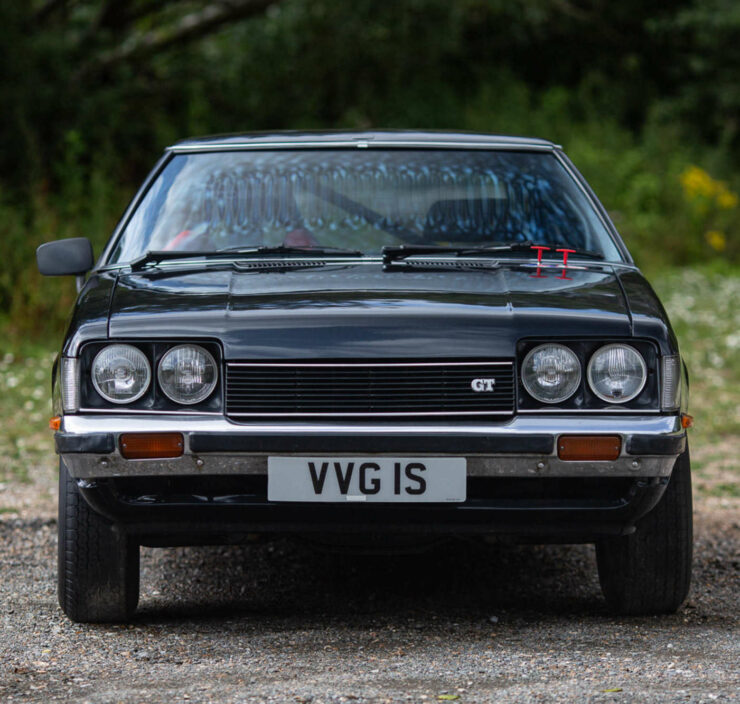
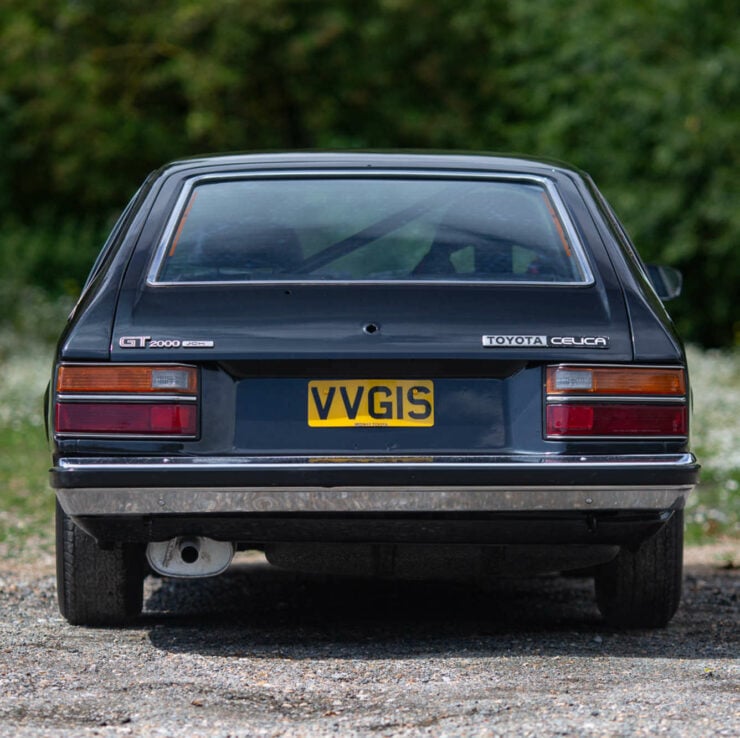
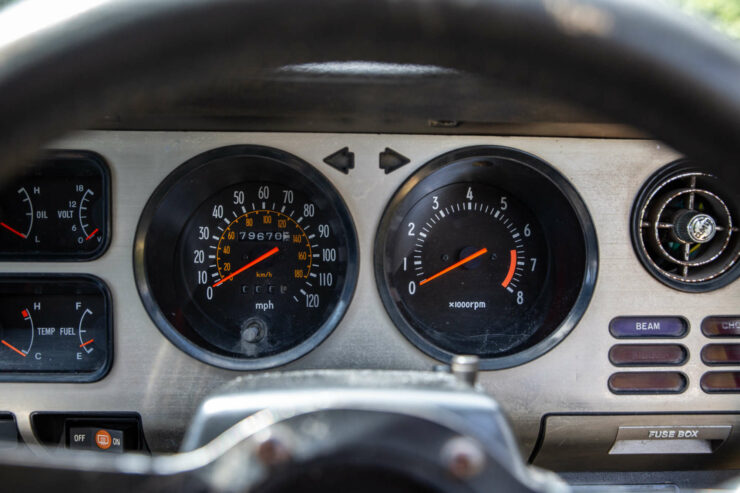
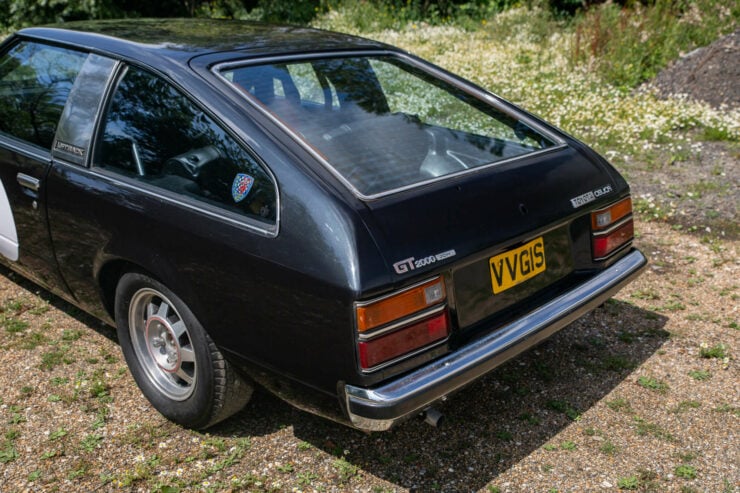
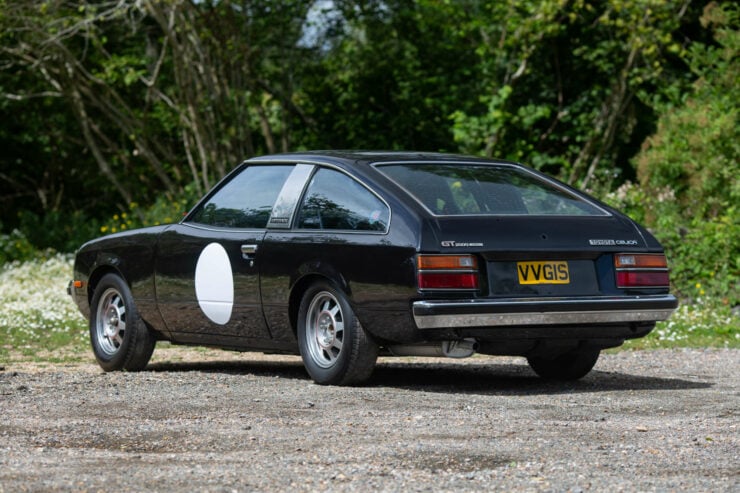
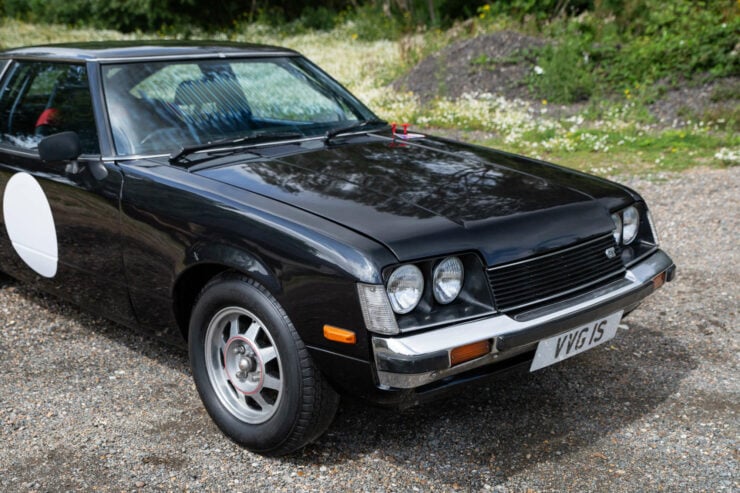
Images courtesy of Iconic Auctioneers

